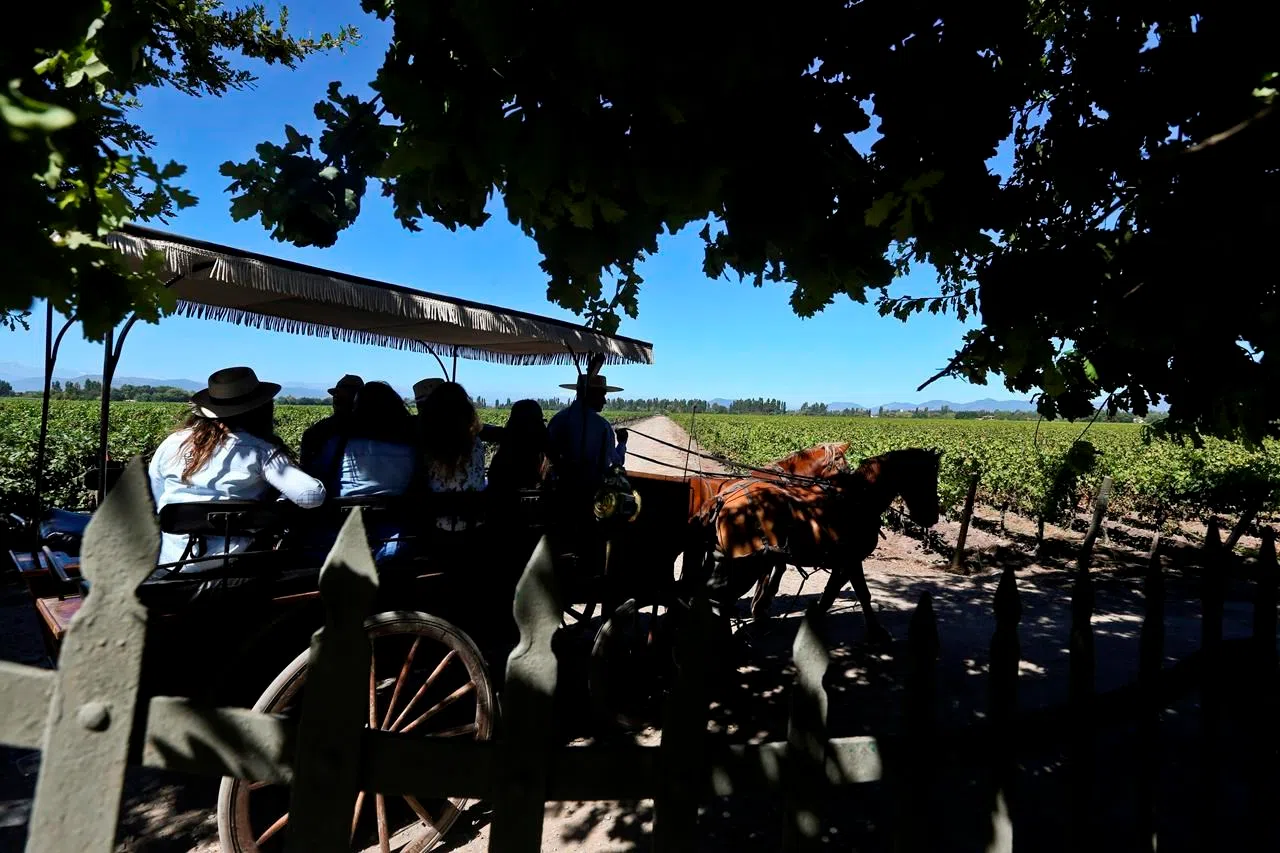
Tourists pick their own grapes at Chile wine harvest fest
VALLE DE COLCHAGUA, Chile — Dozens of tourists armed with sharp scissors and donning dusty gloves and aprons walk through rows of green vines, hand-picking dark purple grapes that will be turned into Chilean wines enjoyed around the world.
It’s hard work under a scorching sun and the professional pickers watching them from a distance grin knowingly. But the tourists have paid for the hands-on experience at Chile’s harvest, which draws thousands of visitors each year, so they carefully cut the precious grapes in bunches and deposit them into wooden crates at the Viu Manent winery.
“The truth is that you always drink the wine, but you don’t really know the process behind it,” said Gina Cuesta, a visitor from Colombia.
Chile is the world’s No. 9 wine producer, with an output of about 800 million litres last year. It was the world’s fourth-largest exporter by volume, and the leader among “New World” producers.
